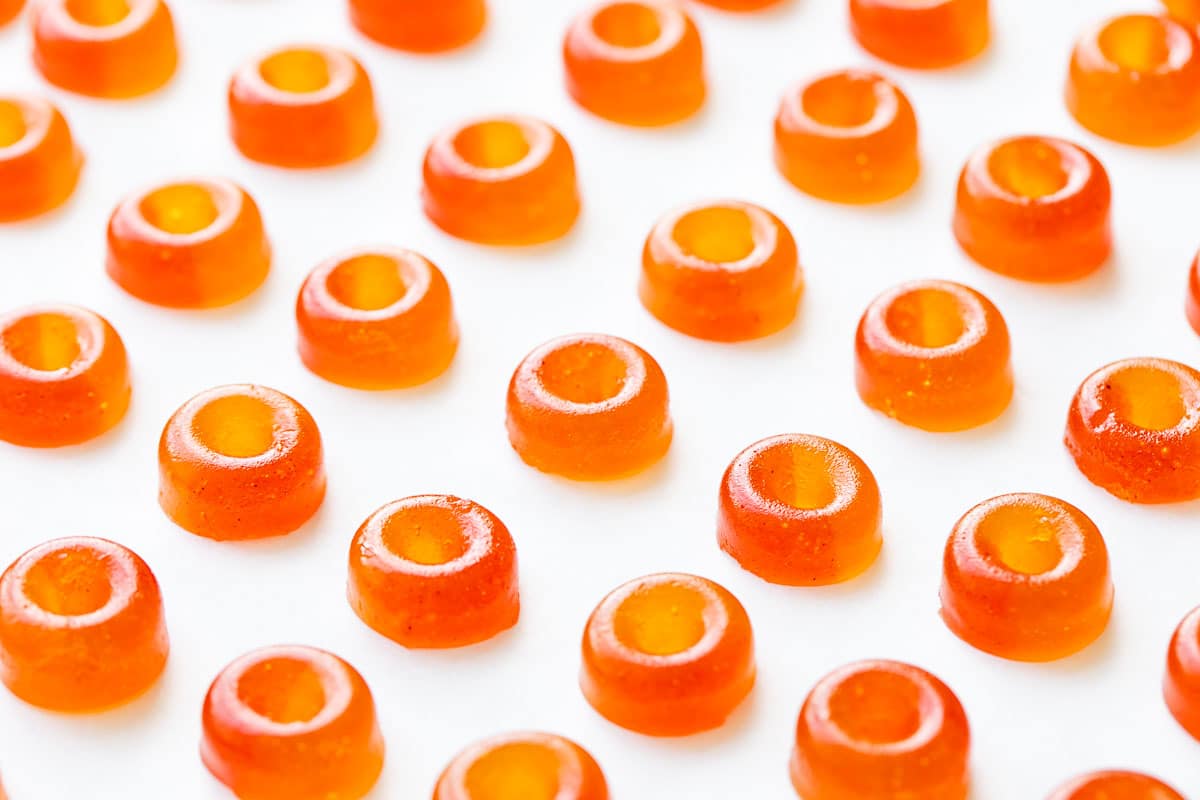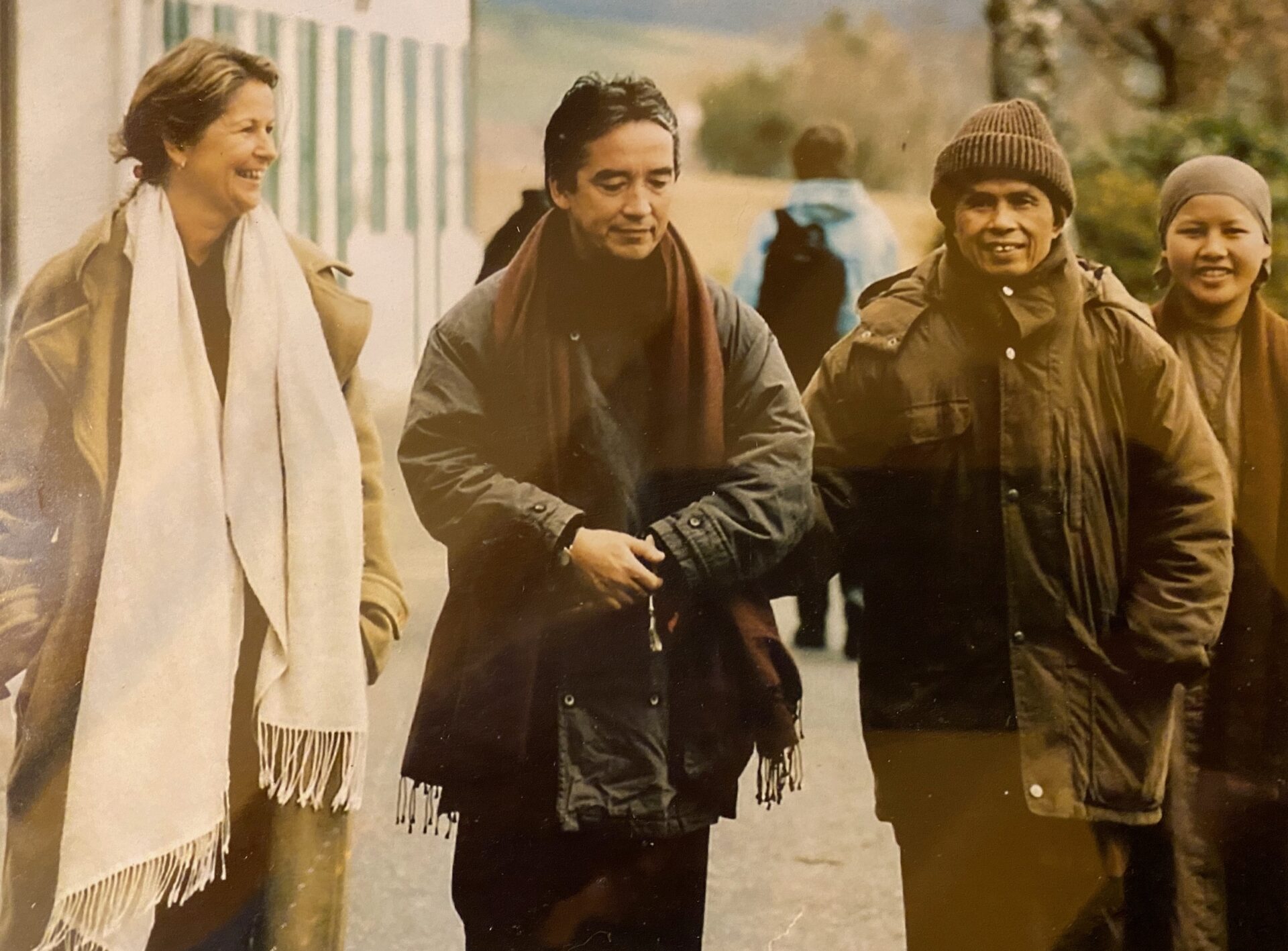Hooked by blind boxes: Why Singaporeans can’t get enough of Pop Mart
When I went to McDonald's as a child, the Happy Meal was a highlight, not just for the nuggets, but for the surprise toy inside. The thrill of not knowing what I’d get—and the hope of scoring the one...
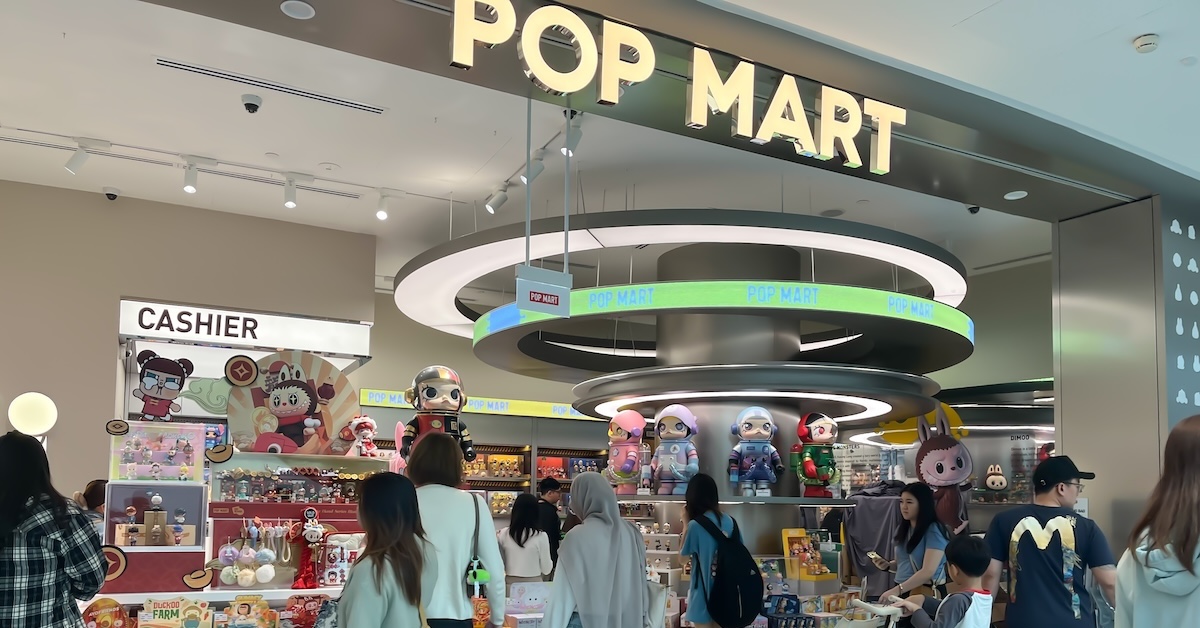
When I went to McDonald’s as a child, the Happy Meal was a highlight, not just for the nuggets, but for the surprise toy inside.
The thrill of not knowing what I’d get—and the hope of scoring the one I really wanted—felt like winning the lottery.
Two decades on, that same “lucky draw” excitement has been reinvented for adults through Pop Mart blind boxes, which are now selling like hotcakes around the world.
From a struggling business to a global toy giant
For those unfamiliar, Pop Mart is a Chinese company that began in 2010 as a variety store selling trendy items. However, by the mid-2010s, the business struggled as it faced various challenges, including poor inventory turnover, inconsistent customer service, and rising overheads.
In 2014, founder Wang Ning made a strategic pivot: he downsized operations and focused entirely on the store’s best-performing category—collectible toys.
He also took two bold steps: selling the toys in blind boxes (adding a surprise element) and collaborating with local artists to design them. This gamble paid off in 2016 with the launch of the ‘Molly’ series by Hong Kong toy designer Kenny Wong, which became a massive hit.
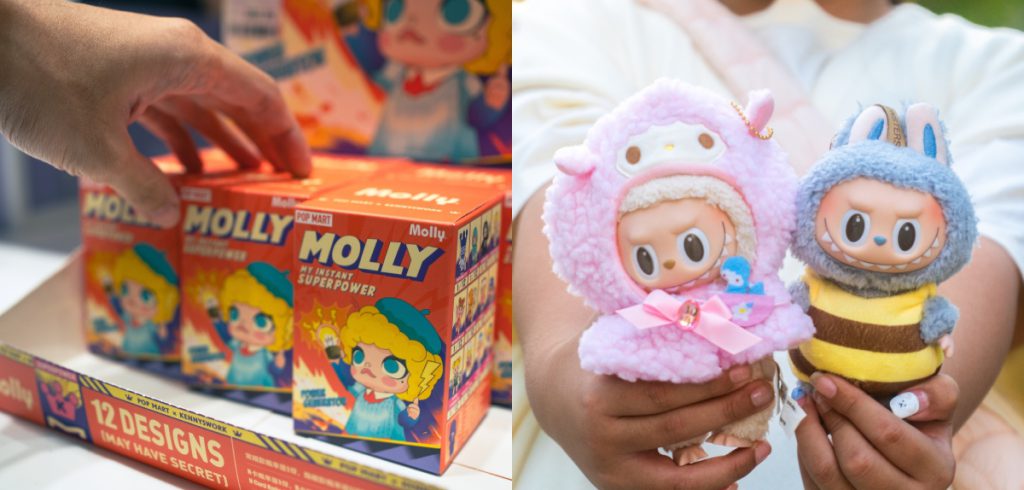 Image Credits: Wachiwit / Shutterstock.com, FUN FUN PHOTO / Shutterstock.com
Image Credits: Wachiwit / Shutterstock.com, FUN FUN PHOTO / Shutterstock.comSince then, Pop Mart has rolled out multiple iconic collections, including Labubu—the mischievous ‘elvish creature’ by artist Kasing Lung, which exploded in popularity after K-pop star Lisa from Blackpink featured it on her Instagram story.
But Pop Mart’s rise isn’t just about smart business. It also tapped into a deeper human impulse—one that’s part nostalgia, part emotional release.
The thrill of the hunt
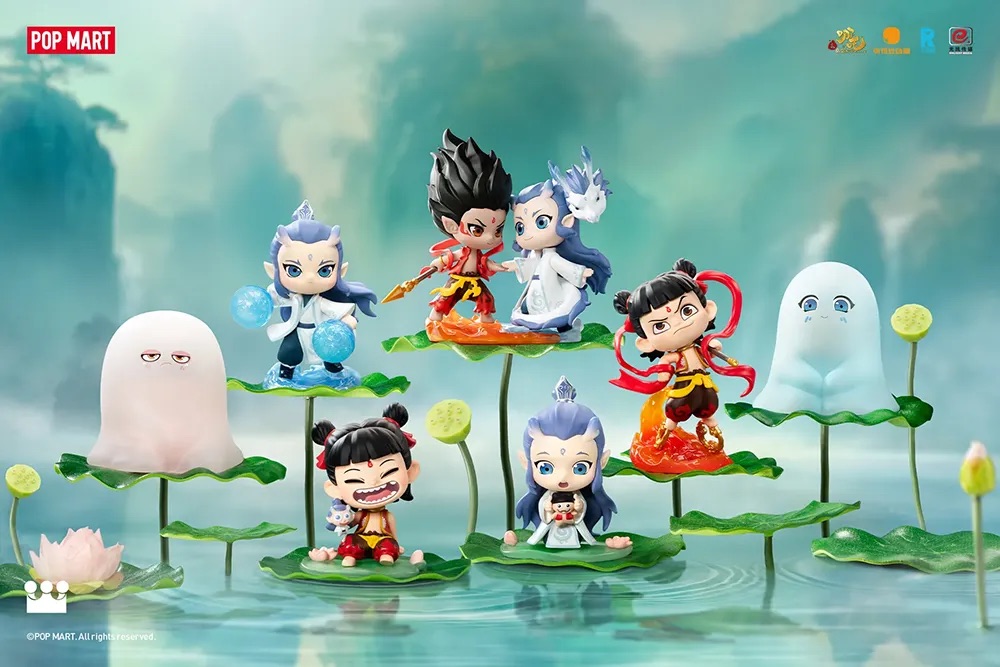 Pop Mart’s limited-run blind box collection for Ne Zha 2 / Image Credit: ACGN.Global
Pop Mart’s limited-run blind box collection for Ne Zha 2 / Image Credit: ACGN.GlobalPop Mart’s key hook is its blind box format—you never know which figure you’ll get until you unbox it, which mimics the thrill of gachapon machines or McDonald’s toy surprises.
This “ritualised uncertainty” adds a small dopamine rush, especially when you’re chasing a specific, limited-edition piece. Scarcity increases desire. For collectors, that desire fuels the pursuit.
Take the Ne Zha 2 series: released in conjunction with the hit film, it sold out within days. That exclusivity has also created a booming secondhand market, where prices have skyrocketed. For example, a limited-edition Labubu figure, originally priced at S$37.90, was recently listed on Carousell for over S$900 (as of June 10, 2025).
 Screenshots from Pop Mart’s official website (left) and Carousell (right)
Screenshots from Pop Mart’s official website (left) and Carousell (right)Who’s buying? Say Hello to the kidults.
It’s tempting to think Pop Mart’s appeal lies only in novelty or profit. But for many, the real draw goes deeper. The joy of unboxing, the satisfaction of completing a set, the thrill of finding a rare piece—these aren’t just childish impulses. They’re small but powerful moments of control and comfort.
And it turns out, this emotional reward speaks loudest not to children or teens, but to a group you might not expect: adults in their 30s and 40s.
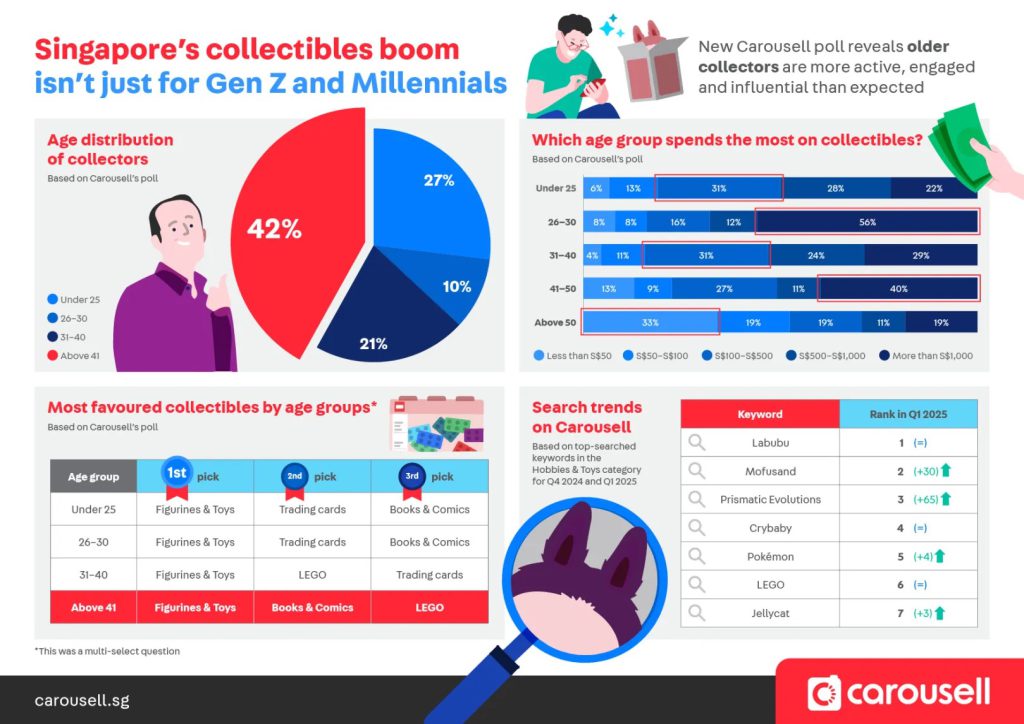 Users aged 41-50 are also the second-highest spenders, behind 26-30 year olds. /Graphic Credit: Carousell
Users aged 41-50 are also the second-highest spenders, behind 26-30 year olds. /Graphic Credit: Carousell A recent Carousell survey revealed that users aged 41–50 are among the most active buyers of figurines and toys in Singapore, and are the second-highest spenders, just behind those in the 26–30 age group.
Many of these older collectors belong to the sandwich generation—caught between raising children, supporting ageing parents, and juggling careers. Under such pressure, small pleasures like collecting offer not only a distraction but also a form of emotional relief.
At an average of S$15.90 per figurine, Pop Mart toys are far more affordable than luxury fashion items, yet still deliver a sense of reward. For those raised in the ’80s and ’90s, they also tap into a deep vein of nostalgia, recalling the thrill of chasing Polly Pockets, Tamagotchis, or Beanie Babies.
In this way, Pop Mart offers a low-effort, high-reward hobby—A perfect escape for time-poor, energy-strapped adults.
-//-
Ultimately, what drives the Pop Mart obsession isn’t just nostalgia, scarcity, or potential profit—it’s the emotional reward of indulging in pocket-sized goodies amidst the chaos of adult life.
In an era of economic uncertainty and emotional burnout, small indulgences like these serve as coping mechanisms. Some collectors share their hauls on TikTok or trade duplicates through Telegram and Carousell groups—rituals that offer both comfort and connection in a busy, fragmented world.
Whether you’re hunting for the last Labubu, swapping duplicates, or simply decorating your shelf, these figurines offer more than just plastic joy—they provide comfort, connection, and a sense of self.
That’s why, for many kidults, they aren’t just toys.
They’re therapy in a box. And yes—they’re worth every cent.
Read more stories we have covered on Singaporean businesses here.Featured Image Credit: Rezmita Anggriani / Shutterstock.com

 Fransebas
Fransebas 















